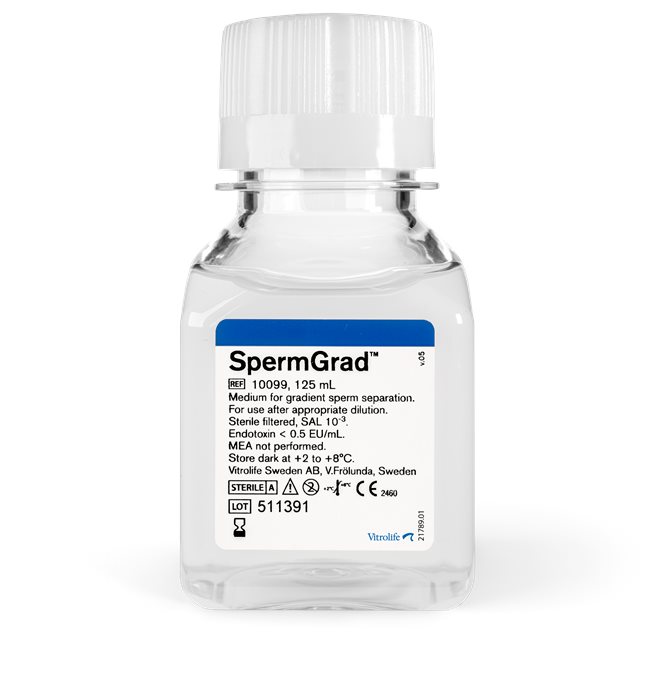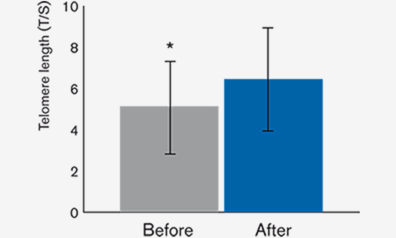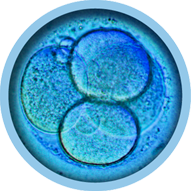
SpermGrad™
Efficient separation for increased progressive motility.
Purpose For gradient sperm separation.
Storage Store dark at +2 to +8°C



Assortment that meets your need
The SpermGrad assortment contains both stock solutions and ready to use solutions, covering the needs from intermittent to high volume use - a time saver in an efficient laboratory. The stock solution is to be used after dilution with either G-IVF™ PLUS or with SpermRinse™.
Progressive motility correlates
to pregnancy rates
The goal for sperm separation is to select the sperm cells with the highest capacity of fertilising an oocyte. High quality sperm show progressive motility, which in clinical studies has been shown to correlate to pregnancy rates.1,2,3
Normal spermatozoa, abnormal spermatozoa, other cells present in the semen sample and bacteria all have different densities. SpermGrad contains silica coated particles that allow for separation of spermatozoa and other cells according to their density.

Efficient separation for increased progressive motility
High quality sperm show progressive motility which in clinical studies has been shown to correlate to pregnancy rates.1,2,3
SpermGrad™ is designed to support a successful treatment by an increased number of motile spermatozoa after preparation. This makes SpermGrad the gradient of choice during IVF treatment.


Clinical evaluation showed increased progressive motility
To investigate the quality of spermatozoa separated with SpermGrad, a clinical evaluation has been performed. The aim was to compare motility of the prepared samples and semen from 20 patients was included. The samples used for the comparison included severe male factor samples (<5 million/mL initial concentration with motility as low as 10%), as well as normal semen samples.
The data showed that sperm separated using SpermGrad gave a higher proportion of progressively motile sperm in the sample, compared to a leading brand1. This means that SpermGrad facilitates a better separation where a larger proportion of dead and degenerating spermatozoa have been removed.
Select better sperm



Sperm preparation with SpermGrad shows a positive effect on both average telomere length, sperm motility and DNA fragmentation removed.
Support Documents
Documents Language

Package inserts
English
Package insert SpermGrad - Multi-language
Document and Ref: REF 20424, version 12

Package inserts
English
Package insert SpermGrad - Multi-language
Document and Ref: REF 20424, version 11

Short protocols
English
Gx-Series™ Sperm preparation - Density gradient centrifugation method
Document and Ref: REF 19177. Version 1. Date of issue 220923. This short protocol describes how to perform sperm preparation with the density gradient method and fertilization using products Gx-Series™ medium Gx-IVF™ PLUS or SpermGrad RTU and SpermGrad™

Short protocols
English
G-Series™ Sperm preparation - Density gradient centrifugation method
Document and Ref: REF 19120. Version 02. Date of issue 220923. This short protocol describes how to perform sperm preparation with the density gradient method and fertilization using products G-Series™ medium G-IVF™ PLUS and SpermGrad™

Scientific summaries
English
Sperm preparation with SpermGrad show positive effect on average telomere length, sperm motility and DNA fragmentation
Document and Ref: Yang Q, et al, found significant correlations between sperm telomere length and the quality of early embryonic development. Density gradient centrifugation using SpermGrad (Vitrolife) enrich for sperm with high mobility and low DNA fragmentation and is the preferred technique for selection of sperm with longer telomeres.

Safety data sheets (SDS)
English
SDS SpermGrad
Document and Ref: Date Revised : 01/08/2025. Revision No : 7. Safety data sheet for SpermGrad

SSCP
English
SSCP SpermGrad & SpermGrad RTU
Document and Ref: REP-4270. Version 6.0. 2025/04/10
Do you have a question about this product?
Contact us
Find your local Vitrolife representative
Contact usMaximise success every step of the way
We provide what you need to secure improved results throughout the IVF journey.






